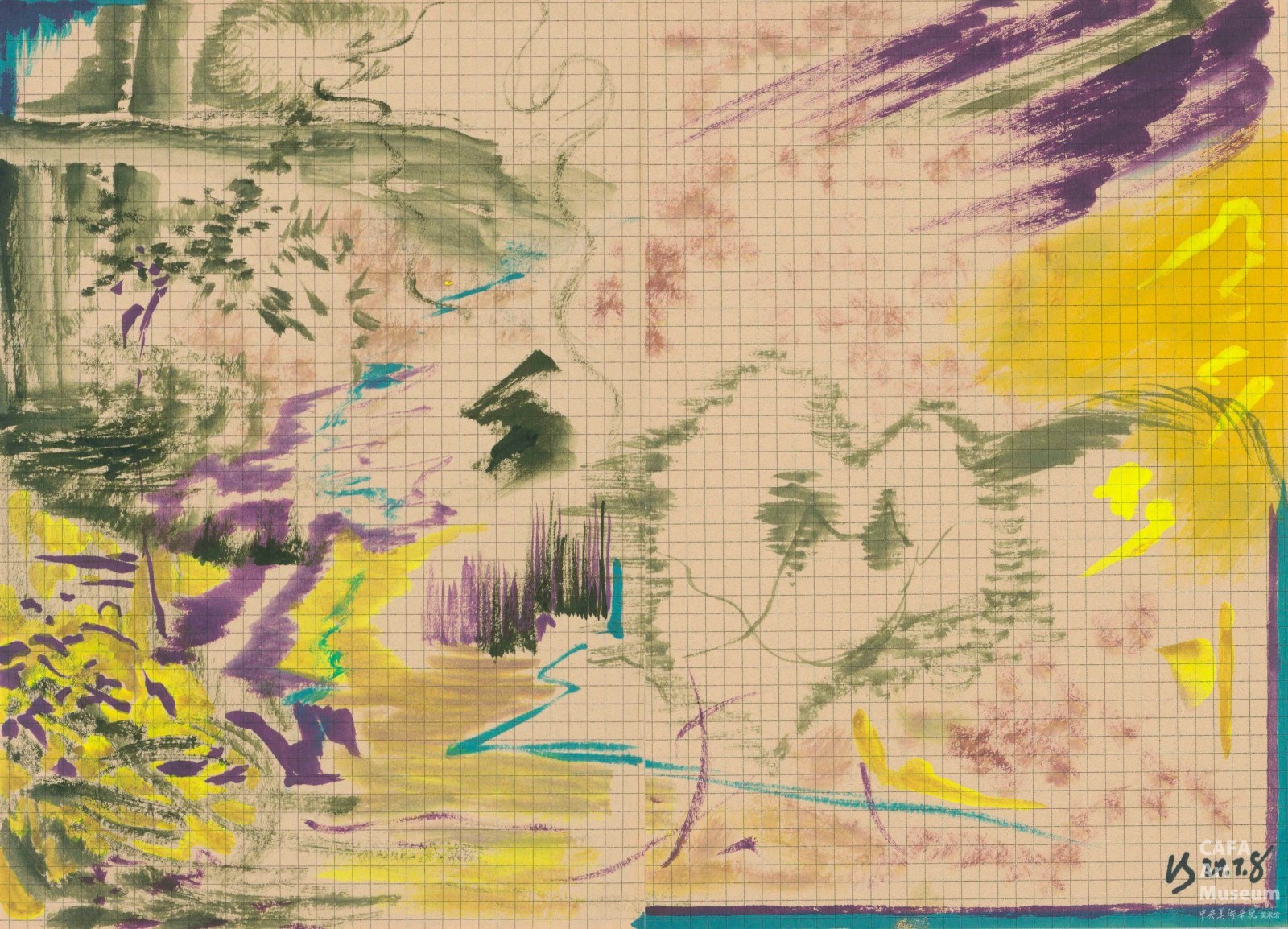
In countless literary works, people make the feelings in their hearts and the scenery of the world sense, mingle, and depend on each other through the depiction technique of expressing emotions through scenery, transforming them into inner scenery and overflowing emotions. Those perceptions that are difficult to be carried in the immediate reality choose to escape and use the strange, exotic, and fictional landscapes as ideal containers.

Considering itself as a "foreign land", the exhibition invites the viewer to embark on a brief "escape" and to maneuver between the concepts of "sensory threshold" and "programmed landscape". The concepts of "Sensory Threshold" and "Programmed Landscape" are being maneuvered around. Sensory threshold refers to the minimum stimulus intensity required for perception, the point at which it can be perceived or observed by the subjective consciousness. This concept applies to all senses, and its measurement can help us understand the sensitivity and range of the human perceptual system. In psychology and neuroscience, researchers often use a variety of experimental methods to determine the sensory thresholds of different senses, thereby gaining insight into the mechanisms by which perceptual processes operate. Programmed landscapes, on the other hand, point to a regenerative, reproducible landscape created according to certain settings and rules.
Nowadays, our perceptions are subjected to the constant stimulation of a rapidly changing digital life, and the scenes of our daily lives are no longer just natural or urban landscapes, but complex landscapes infiltrated by information technology and wrapped in imagination and illusion. Landscapes are then disassembled into different information and textual fragments depending on the viewing perspective, and participate in the new landscape. shaping the new landscape. In this process, how does the individual cope with the familiar and the unfamiliar, and how does he or she bring the self into the viewing, dissolution, and reconstruction of the landscape? Landscapes often provide trials and shelter at the same time, reflecting the mutually challenging and interdependent relationship between human beings and the world, and what lurks in the depths of the spirit may be the soothing of anxiety in the midst of drastic changes and the reverence for nature and life.
The exhibition gathers the works of several young teachers/artists from the School of Art and Design Management of the Central Academy of Fine Arts (Sino-French) in recent years. They all consciously used visual elements similar to codes or input some instructions to tamper with the original program in their creations, and reconstructed the landscape through different paths and different media means.
Huang Keyi brought his concern for the body into his creations after undergoing surgery, and with the help of digital imaging technology, cellular tissues are generated into a bright and unpredictable landscape, while irregularly shaped sculptures, also derived from the body's structure, form a miniature alien landscape.
Zhu Rixin throws images of tiny people into a vast geographic information, depicting vast and distorted barren territories with lines as precise as mechanically drawn, and the shattered petri dishes with mapped information are as disturbing as the defunct compasses.


Li Sen, who has been trained in traditional Chinese painting for a long time, uses the details of cultural inputs from history as clues to give a new look to traditional landscape painting, and turns the mechanism of creative experimentation, which is full of randomness, into a joyful daily practice, like inventing a new game.
The future human beings in Zhang Yanmeng's paintings seem to have broken away from their physical bodies, which are falling apart or have long since mutated into new species.
Shan Junsheng, on the other hand, uses his dynamic heat map model to bring a realistic perspective to the exhibition in the context of urban spatial planning, leading us back to the current thinking on urban ecology and sustainable development.




2024-10-14

